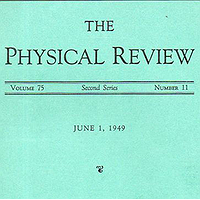The expected return time of a fluctuating two-dimensional cluster or vacancy to a given configuration is studied in thermodynamic equilibrium. We define a family of bond-breaking models that preserve the number of particles. This family includes edge diffusion and surface diffusion inside vacancies in the limit of fast particle diffusion and slow attachment-detachment kinetics. Within the frame of these bond-breaking models, the expected return time is found to depend on the energies of the configurations and on the energies of the excited states formed by removing a single particle from the cluster. High-and low-temperature regimes are studied. We clarify the conditions under which the return time is a nonmonotonous function of temperature: a minimum is found when the energy obtained by the average over the excited states of the configuration weighted by their attachment probabilities is lower than the energy averaged over all states. In addition, we show that the optimal temperature at which the return time is minimum is shifted to a higher temperature as compared to the temperature at which the equilibrium probability is maximum. This shift is influenced by the average curvature of the cluster edge, and is therefore larger for vacancies.

Equilibrium return times of small fluctuating clusters and vacancies
Review badges
0 pre-pub reviews
0 post-pub reviews
